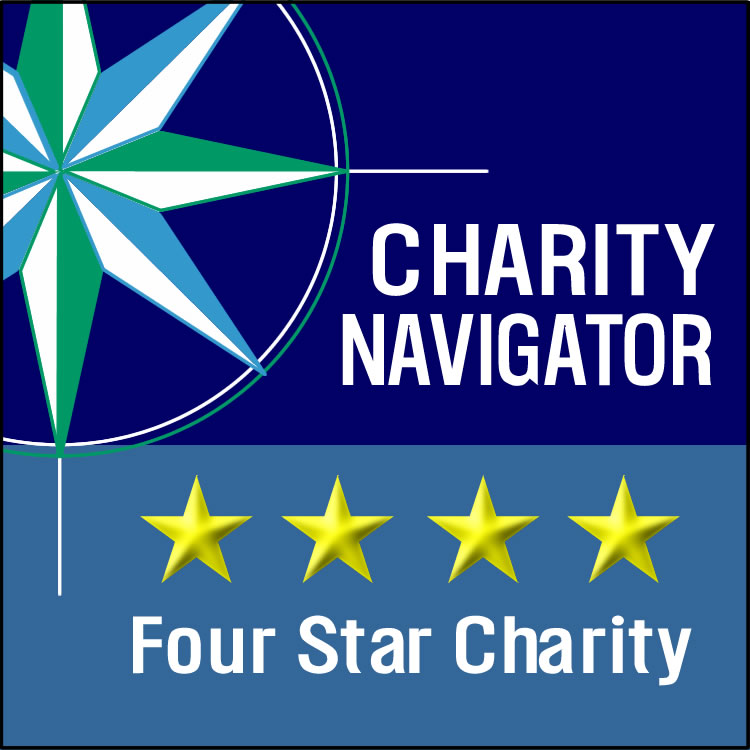Identifying Signs of Diabetic Retinopathy
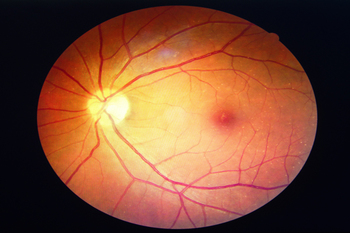 Nearly 8 million Americans are living with diabetic retinopathy, but most people don't know how to spot the signs of the condition, according to a new survey. Identifying the signs of diabetic retinopathy early on can prevent blindness. The survey showed that 64% did not know that high cholesterol increases the risk of developing the disorder. Of those polled, 48% didn't know that high blood pressure increased the risk of diabetic retinopathy.
Nearly 8 million Americans are living with diabetic retinopathy, but most people don't know how to spot the signs of the condition, according to a new survey. Identifying the signs of diabetic retinopathy early on can prevent blindness. The survey showed that 64% did not know that high cholesterol increases the risk of developing the disorder. Of those polled, 48% didn't know that high blood pressure increased the risk of diabetic retinopathy."Diabetic retinopathy is a preventable cause of blindness, so early identification and treatment is critical," said Dr. Carl Awh, president of the American Society of Retina Specialists. "All health care providers who care for diabetic patients should emphasize the importance of controlling known risk factors and the need for regular dilated retina examinations to identify diabetic retinopathy at an early stage."
SDCB can help you or a loved one regain some independence. Please contact us to learn more about our programs and services.
"Spotting the Signs of Diabetic Retinopathy"

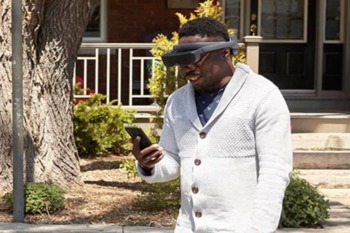 In August, the biotech company eSight met the European Union's health, safety, and environmental protection standards. Almost 2 million people in the UK are living with vision loss. In Europe, there are an estimated 30 million blind or partially sighted people, according to the European Blind Union.
In August, the biotech company eSight met the European Union's health, safety, and environmental protection standards. Almost 2 million people in the UK are living with vision loss. In Europe, there are an estimated 30 million blind or partially sighted people, according to the European Blind Union.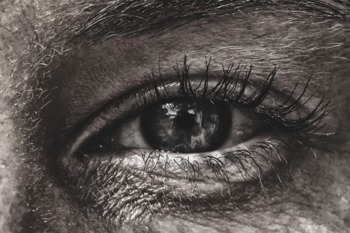 As we age, eyesight is apt to diminish. Almost 30 percent of people over 75 years are affected by age-related macular degeneration (AMD). Macular degeneration is the most common cause of blindness in persons over 65 years of age. Currently, 196 million are affected by AMD.
As we age, eyesight is apt to diminish. Almost 30 percent of people over 75 years are affected by age-related macular degeneration (AMD). Macular degeneration is the most common cause of blindness in persons over 65 years of age. Currently, 196 million are affected by AMD.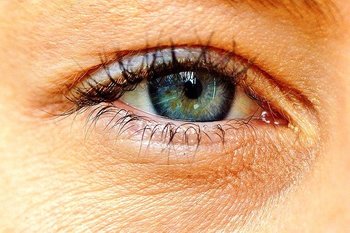 On World Sight Day 2020, the UN Friends of Vision and others held the '2020 and Beyond: Accelerating Vision for Everyone.' The event was meant to raise awareness and global attention to blindness and vision impairment. Stewart Simonson presented WHO's work on vision impairment and blindness and emphasized the importance of integrated people-centered eye care for all.
On World Sight Day 2020, the UN Friends of Vision and others held the '2020 and Beyond: Accelerating Vision for Everyone.' The event was meant to raise awareness and global attention to blindness and vision impairment. Stewart Simonson presented WHO's work on vision impairment and blindness and emphasized the importance of integrated people-centered eye care for all. Some of the most common causes of vision loss are avoidable; here are several tips for preventing vision loss. Avoiding certain behaviors and adopting a healthy diet can prevent eye disease from developing. You can also prevent existing eye problems from worsening. For instance, eye rubbing can worsen glaucoma.
Some of the most common causes of vision loss are avoidable; here are several tips for preventing vision loss. Avoiding certain behaviors and adopting a healthy diet can prevent eye disease from developing. You can also prevent existing eye problems from worsening. For instance, eye rubbing can worsen glaucoma.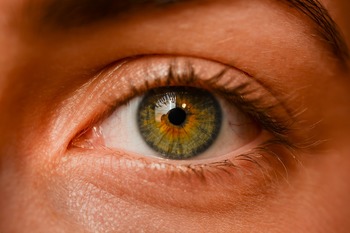 Two of the most common eye disorders that affect people as they age are cataracts and glaucoma. It can be helpful to know the difference between the two eye conditions. The most common cause of vision loss is cataracts; they occur when proteins in the lens break down and stick together—obstructing vision.
Two of the most common eye disorders that affect people as they age are cataracts and glaucoma. It can be helpful to know the difference between the two eye conditions. The most common cause of vision loss is cataracts; they occur when proteins in the lens break down and stick together—obstructing vision.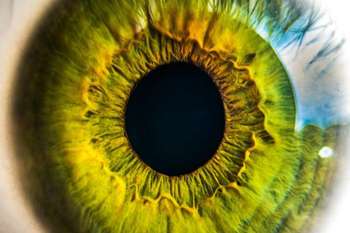 A study appearing in the Proceedings of the National Academy of Sciences shines a light on a breakthrough that could lead to new therapies for common eye diseases that cause vision loss and blindness. Scientists at the Oklahoma Medical Research Foundation discovered a compound that could lead to treatments for retinopathy of prematurity and diabetic retinopathy.
A study appearing in the Proceedings of the National Academy of Sciences shines a light on a breakthrough that could lead to new therapies for common eye diseases that cause vision loss and blindness. Scientists at the Oklahoma Medical Research Foundation discovered a compound that could lead to treatments for retinopathy of prematurity and diabetic retinopathy. As with all things, misconceptions abound about vision loss. Some stereotypes and misperceptions can lead people living with sight loss to feel unsupported; they include but are not limited to the idea that a person using a white cane or guide dog is blind. Another stereotype is the belief that people living with vision loss can't play sports; many visually impaired people are involved in sports and exercise.
As with all things, misconceptions abound about vision loss. Some stereotypes and misperceptions can lead people living with sight loss to feel unsupported; they include but are not limited to the idea that a person using a white cane or guide dog is blind. Another stereotype is the belief that people living with vision loss can't play sports; many visually impaired people are involved in sports and exercise.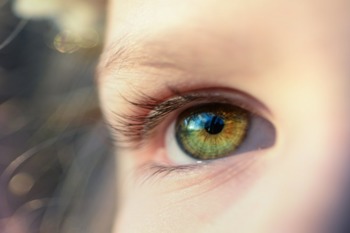 Vision loss is most closely associated with old age. However, it can impact people's lives at any age; even babies can lose their vision. New research shows that it may be possible to restore vision in the young and the old, when vision loss is due to retinopathy or when blood vessels grow out of control in the retina. Diabetic retinopathy is when blood sugar levels are out of whack, causing new blood vessels to grow in the retina.
Vision loss is most closely associated with old age. However, it can impact people's lives at any age; even babies can lose their vision. New research shows that it may be possible to restore vision in the young and the old, when vision loss is due to retinopathy or when blood vessels grow out of control in the retina. Diabetic retinopathy is when blood sugar levels are out of whack, causing new blood vessels to grow in the retina.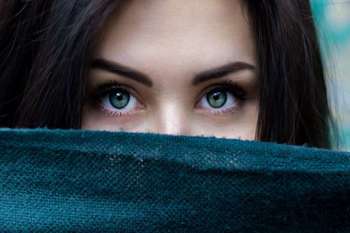 Rupert Bourne, a Professor of Ophthalmology at Anglia Ruskin University (ARU), and colleagues analyzed more than 500 studies to forecast the prevalence of blindness and vision loss in the coming decades. The research predicts that blindness and severe vision loss will impact nearly 900 million people globally by 2050. Vision impairment affects 338 million people today. Professor Bourne said:
Rupert Bourne, a Professor of Ophthalmology at Anglia Ruskin University (ARU), and colleagues analyzed more than 500 studies to forecast the prevalence of blindness and vision loss in the coming decades. The research predicts that blindness and severe vision loss will impact nearly 900 million people globally by 2050. Vision impairment affects 338 million people today. Professor Bourne said: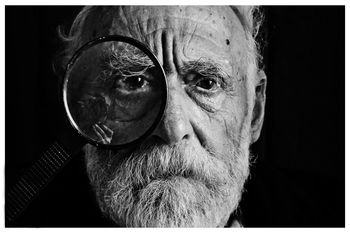 A three-year prospective study shows that cataracts were associated with an increased risk of depressive symptoms in the elderly. Interestingly, the association was not found with age-related macular degeneration (AMD) or glaucoma. The research, conducted at the University of Ottawa's School of Epidemiology and Public Health, did not discover the cause of depressive symptoms in elderly cataracts patients.
A three-year prospective study shows that cataracts were associated with an increased risk of depressive symptoms in the elderly. Interestingly, the association was not found with age-related macular degeneration (AMD) or glaucoma. The research, conducted at the University of Ottawa's School of Epidemiology and Public Health, did not discover the cause of depressive symptoms in elderly cataracts patients. Botond Roska, leader of Central Visual Circuits and Human Retinal Circuit Groups, found a cure for a condition that causes blindness in 1 in 4,000 children. Roska works at the University of Basel in Switzerland. In recognition of his efforts, Roska received the Körber Prize for European Science.
Botond Roska, leader of Central Visual Circuits and Human Retinal Circuit Groups, found a cure for a condition that causes blindness in 1 in 4,000 children. Roska works at the University of Basel in Switzerland. In recognition of his efforts, Roska received the Körber Prize for European Science.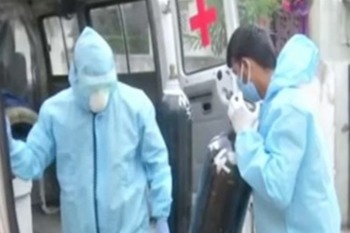 COVID-19 has impacted every aspect of life, from grocery shopping to healthcare. Each day, hospitals are struggling to address the needs of tens of millions of people. Unfortunately, overburdened health care systems mean it's more challenging to access essential medical needs, such as eye health services.
COVID-19 has impacted every aspect of life, from grocery shopping to healthcare. Each day, hospitals are struggling to address the needs of tens of millions of people. Unfortunately, overburdened health care systems mean it's more challenging to access essential medical needs, such as eye health services.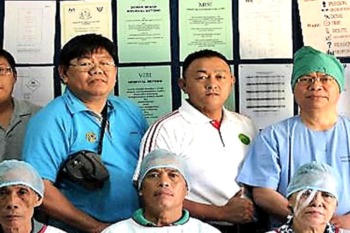 The second Thursday of October is World Sight Day (October 8, 2020). The annual event was created by the SightFirst Campaign of Lions Club International Foundation (LCIF) in 1998. The goal is to raise public awareness of blindness and visual impairment.
The second Thursday of October is World Sight Day (October 8, 2020). The annual event was created by the SightFirst Campaign of Lions Club International Foundation (LCIF) in 1998. The goal is to raise public awareness of blindness and visual impairment.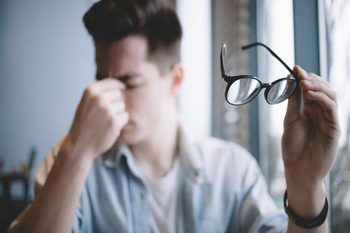 Age-related eye disorders like macular degeneration is one of the leading causes of blindness. Diabetic eye complications, such as diabetic retinopathy is the leading cause of vision loss worldwide. South Africans are facing an increasing risk of vision loss due to diabetes.
Age-related eye disorders like macular degeneration is one of the leading causes of blindness. Diabetic eye complications, such as diabetic retinopathy is the leading cause of vision loss worldwide. South Africans are facing an increasing risk of vision loss due to diabetes.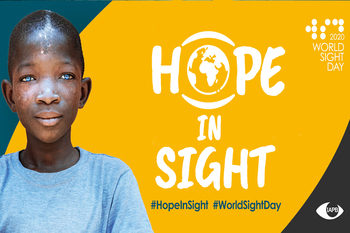 World Sight Day, Thursday October 8th, is a global event for raising blindness and vision impairment awareness. The theme of World Sight Day 2020 is "Hope In Sight." The International Agency for the Prevention of Blindness wants to know when was the last time you had an eye exam? The IAPB writes:
World Sight Day, Thursday October 8th, is a global event for raising blindness and vision impairment awareness. The theme of World Sight Day 2020 is "Hope In Sight." The International Agency for the Prevention of Blindness wants to know when was the last time you had an eye exam? The IAPB writes: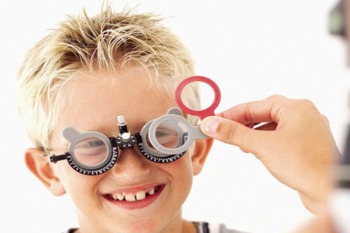 Body: Many children are living with temporary or permanent vision loss. However, early detection can spare young people from developing severe vision problems. Knowing the signs of specific eye problems can prompt parents to act. Children exhibiting signs of vision loss should receive comprehensive eye exams to detect certain conditions before they worsen.
Body: Many children are living with temporary or permanent vision loss. However, early detection can spare young people from developing severe vision problems. Knowing the signs of specific eye problems can prompt parents to act. Children exhibiting signs of vision loss should receive comprehensive eye exams to detect certain conditions before they worsen.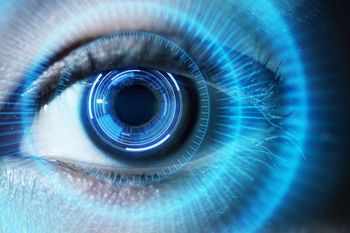 A team of researchers from Australia has built a bionic eye—"Gennaris." The creators say that it can reverse vision loss by using a brain implant. While the device has only been tested on sheep, scientists will begin human clinical trials soon.
A team of researchers from Australia has built a bionic eye—"Gennaris." The creators say that it can reverse vision loss by using a brain implant. While the device has only been tested on sheep, scientists will begin human clinical trials soon. 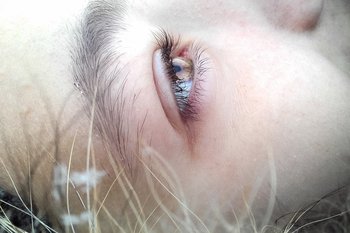 It's National Eye Health Week in the U.K. As the name suggests, the observance is about the importance of vision and receiving eye exams regularly. Early detection can prevent vision loss. In the U.K, about 2 million people are living with severe vision loss. However, around half of this population's vision loss is avoidable.
It's National Eye Health Week in the U.K. As the name suggests, the observance is about the importance of vision and receiving eye exams regularly. Early detection can prevent vision loss. In the U.K, about 2 million people are living with severe vision loss. However, around half of this population's vision loss is avoidable.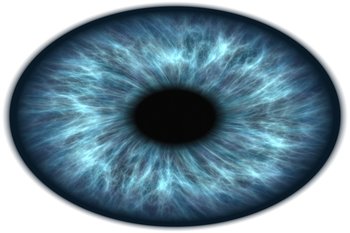 The VSP Global Premier Program will offer optometrists a free ADA-accredited virtual continuing education (CE) course on diabetes and prediabetes. Doctors with a better grasp of the risk factors, prevention, diagnosis, and treatment can help spare patients of diabetic-related blindness.
The VSP Global Premier Program will offer optometrists a free ADA-accredited virtual continuing education (CE) course on diabetes and prediabetes. Doctors with a better grasp of the risk factors, prevention, diagnosis, and treatment can help spare patients of diabetic-related blindness. 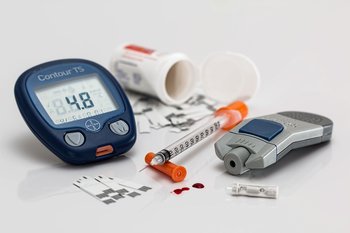 Robert Gabbay, M.D., Ph.D., FACP, shares that eye disease caused by diabetes “is still the leading cause of blindness among working-age adults. So, it shouldn’t come as a surprise to learn that eye doctors are often the ones to spot the signs of diabetes. Once a patient verifies with their primary care doctor that they have diabetes, he or she must receive annual eye exams.
Robert Gabbay, M.D., Ph.D., FACP, shares that eye disease caused by diabetes “is still the leading cause of blindness among working-age adults. So, it shouldn’t come as a surprise to learn that eye doctors are often the ones to spot the signs of diabetes. Once a patient verifies with their primary care doctor that they have diabetes, he or she must receive annual eye exams. 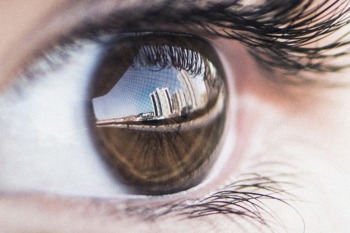 Choroidal melanoma is cancer that affects a part of the eye; choroidal melanomas can cause vision loss. The tumors can also metastasize to other parts of the body, which can be fatal. It’s the most common eye cancer in adults.
Choroidal melanoma is cancer that affects a part of the eye; choroidal melanomas can cause vision loss. The tumors can also metastasize to other parts of the body, which can be fatal. It’s the most common eye cancer in adults.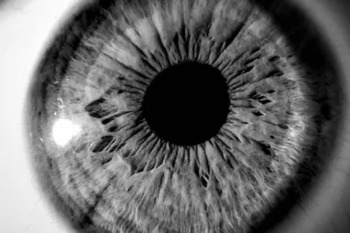 Dr. Carla Abbott’s combined intrigue with vision loss and physical fitness at a young age led her into the field of eye health. She investigates new treatments for retinal diseases, such as advanced retinitis pigmentosa. Dr. Abbott studied retinal circuitry for her postdoctoral at the University of Melbourne. Afterward, she joined the Centre for Eye Research Australia (CERA).
Dr. Carla Abbott’s combined intrigue with vision loss and physical fitness at a young age led her into the field of eye health. She investigates new treatments for retinal diseases, such as advanced retinitis pigmentosa. Dr. Abbott studied retinal circuitry for her postdoctoral at the University of Melbourne. Afterward, she joined the Centre for Eye Research Australia (CERA).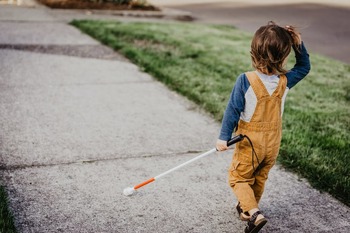 Researchers know that people living with blindness face many obstacles that sighted people do not. Blind and visually impaired people are more likely to face unemployment, social isolation, and quality of life deficiencies. There is a dire need to cure blindness in our lifetime.
Researchers know that people living with blindness face many obstacles that sighted people do not. Blind and visually impaired people are more likely to face unemployment, social isolation, and quality of life deficiencies. There is a dire need to cure blindness in our lifetime.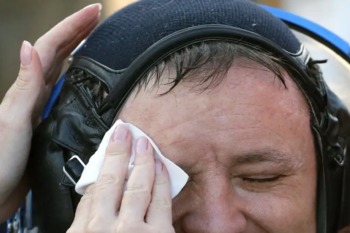 Those who dream of soaring through outer space one day may have cause for many concerns. A new study showing the effects of protracted adventures in space shows that some people may experience vision loss.
Those who dream of soaring through outer space one day may have cause for many concerns. A new study showing the effects of protracted adventures in space shows that some people may experience vision loss.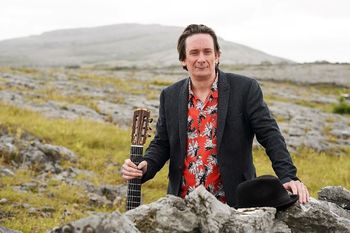 In the 17th Century, being a musician was one of the only jobs an Irish person living with blindness could secure. Rather than relying on sheet music to learn how to play an instrument, music in Ireland is mostly an "oral music tradition."
In the 17th Century, being a musician was one of the only jobs an Irish person living with blindness could secure. Rather than relying on sheet music to learn how to play an instrument, music in Ireland is mostly an "oral music tradition."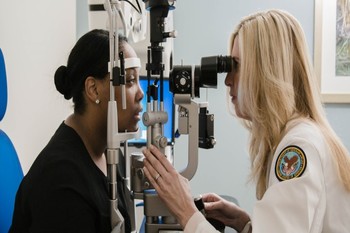 Many Veterans are experiencing vision loss due to age-related issues or combat-inflicted brain injuries. More than a million Veterans are legally blind or live with low vision. Ophthalmologists and other eye care professionals at the VA are helping veterans protect their vision.
Many Veterans are experiencing vision loss due to age-related issues or combat-inflicted brain injuries. More than a million Veterans are legally blind or live with low vision. Ophthalmologists and other eye care professionals at the VA are helping veterans protect their vision. Christine Hà lost her vision to the autoimmune condition neuromyelitis optical. Despite her blindness, Hà won Master Chef in 2012 and is the owner of The Blind Goat—a modern Vietnamese gastropub in Houston, Texas.
Christine Hà lost her vision to the autoimmune condition neuromyelitis optical. Despite her blindness, Hà won Master Chef in 2012 and is the owner of The Blind Goat—a modern Vietnamese gastropub in Houston, Texas.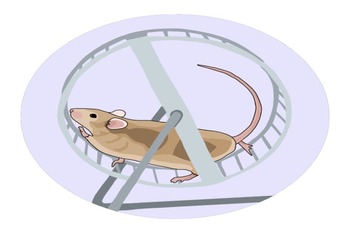 Preventing vision loss is vital, and there are many things you can do to protect your sight, such as eating healthy. Researchers also suggest that exercise could stave off the loss of vision tied to macular degeneration. A team of scientists at the University of Virginia found evidence that working out led to a reduction in blood vessel overgrowth in the eyes of laboratory mice.
Preventing vision loss is vital, and there are many things you can do to protect your sight, such as eating healthy. Researchers also suggest that exercise could stave off the loss of vision tied to macular degeneration. A team of scientists at the University of Virginia found evidence that working out led to a reduction in blood vessel overgrowth in the eyes of laboratory mice. 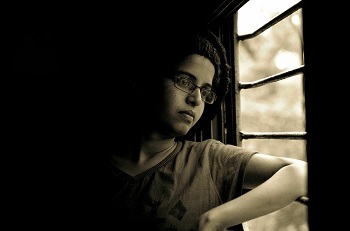 Between advances in assistive technology for the visually impaired and breakthroughs in genetic research, there have been great strides made in recent years towards independence for people who are blind or visually impaired.
Between advances in assistive technology for the visually impaired and breakthroughs in genetic research, there have been great strides made in recent years towards independence for people who are blind or visually impaired. Not all physical impairments can be identified by strangers. Mary Mammoliti shares her experiences during the pandemic as a visually impaired person. She has only limited central vision and often relies on a sighted guide for outings.
Not all physical impairments can be identified by strangers. Mary Mammoliti shares her experiences during the pandemic as a visually impaired person. She has only limited central vision and often relies on a sighted guide for outings.  Kyungho Jeon has always loved music. As a child, his teachers warned that he wouldn't be able to join an orchestra because he wouldn't be able to see the conductor's movement and directions. Kyungho is blind.
Kyungho Jeon has always loved music. As a child, his teachers warned that he wouldn't be able to join an orchestra because he wouldn't be able to see the conductor's movement and directions. Kyungho is blind. 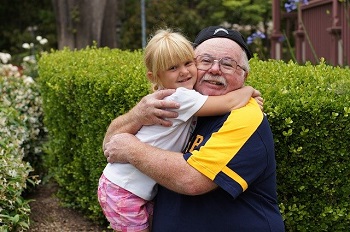 When a parent or family member is experiencing vision loss, there are many ways you can be supportive. From helping with transportation to tracking down resources that will help them continue to live independently, there are ways to help.
When a parent or family member is experiencing vision loss, there are many ways you can be supportive. From helping with transportation to tracking down resources that will help them continue to live independently, there are ways to help.  Would a suitcase shaped robot help you feel more confident traveling as a person with visual impairment? A group of companies in Japan thinks it will!
Would a suitcase shaped robot help you feel more confident traveling as a person with visual impairment? A group of companies in Japan thinks it will! 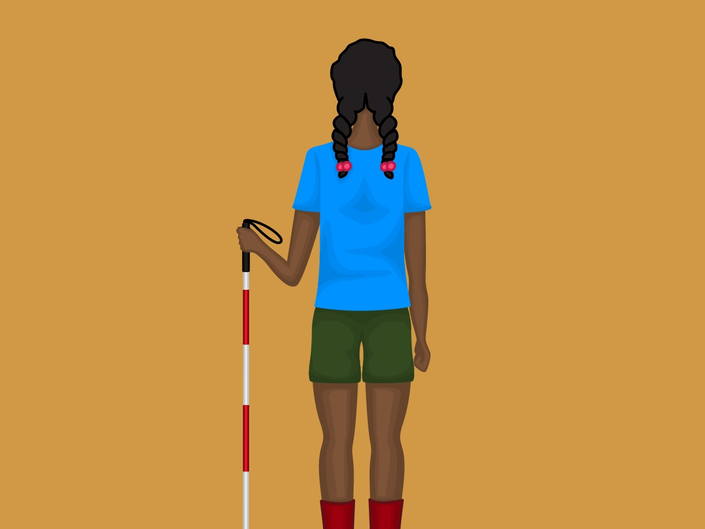 Artist Yvonne Shortt is visually impaired. She has noticed a distinct lack of representation of people like her in works of art. Though many museums and art worlds are trying to become more inclusive with specific programs allowing people to touch works of art or experience art in a different manner, there are few art subjects who are blind or visually impaired.
Artist Yvonne Shortt is visually impaired. She has noticed a distinct lack of representation of people like her in works of art. Though many museums and art worlds are trying to become more inclusive with specific programs allowing people to touch works of art or experience art in a different manner, there are few art subjects who are blind or visually impaired.  After being asked by multiple organizations for blind and visually impaired, LEGO has taken the step to develop Braille bricks.
After being asked by multiple organizations for blind and visually impaired, LEGO has taken the step to develop Braille bricks. For the first time, stem cells have been identified in the region of the optic nerve.
For the first time, stem cells have been identified in the region of the optic nerve.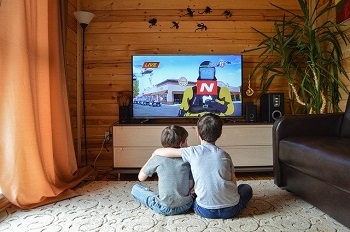 Many parents are wondering about the impact screen time has on the eyes of their children. With more online learning, parents working from home while managing childcare and the general situation at the moment, many kids are using screens more than normal.
Many parents are wondering about the impact screen time has on the eyes of their children. With more online learning, parents working from home while managing childcare and the general situation at the moment, many kids are using screens more than normal. 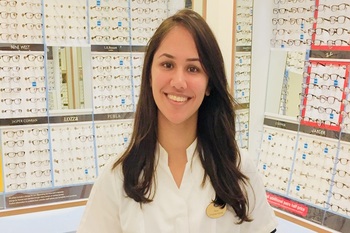 Vision experts have had to adapt quickly to address patients' needs during this unprecedented time. COVID-19 has put everyone's safety at risk and led to a more significant reliance on virtual eye health consultations. A group of optometrists has shared the steps being taken to protect their patients' eyesight and overall well-being. Optometrist Nikki Sharma says:
Vision experts have had to adapt quickly to address patients' needs during this unprecedented time. COVID-19 has put everyone's safety at risk and led to a more significant reliance on virtual eye health consultations. A group of optometrists has shared the steps being taken to protect their patients' eyesight and overall well-being. Optometrist Nikki Sharma says: Many Americans think of sunglasses as fashion accessories, but they are so much more. It's vital to protect your eyes from harmful UV rays that can cause sunburns and vision loss. Wearing sunglasses that prevent 100 percent of UV rays can prevent eye problems like cataracts.
Many Americans think of sunglasses as fashion accessories, but they are so much more. It's vital to protect your eyes from harmful UV rays that can cause sunburns and vision loss. Wearing sunglasses that prevent 100 percent of UV rays can prevent eye problems like cataracts.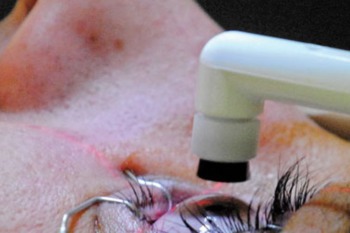 A new study delves into the connection between cataract surgery and diabetic retinopathy with type 2 diabetics.
A new study delves into the connection between cataract surgery and diabetic retinopathy with type 2 diabetics.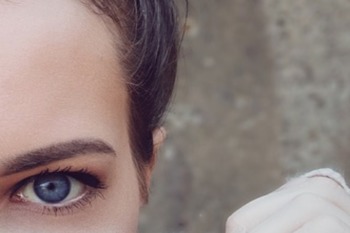 Macular degeneration is a leading cause of blindness among the elderly. Often irreversible, annual eye examinations can make all the difference in protecting you or a loved one from experiencing vision loss. Researchers led by Baylor College have created a plan for tackling one of the most common forms of macular degeneration.
Macular degeneration is a leading cause of blindness among the elderly. Often irreversible, annual eye examinations can make all the difference in protecting you or a loved one from experiencing vision loss. Researchers led by Baylor College have created a plan for tackling one of the most common forms of macular degeneration. On numerous occasions, we have warned our readers about a weed that found its way to America and causes dermal burns and blindness. The Giant Hogweed is cropping up in several states and should be approached with severe caution. The invasive species is relatively unmistakable but can be confused with a different large plant (cow parsnip). It can grow 12 feet tall.
On numerous occasions, we have warned our readers about a weed that found its way to America and causes dermal burns and blindness. The Giant Hogweed is cropping up in several states and should be approached with severe caution. The invasive species is relatively unmistakable but can be confused with a different large plant (cow parsnip). It can grow 12 feet tall.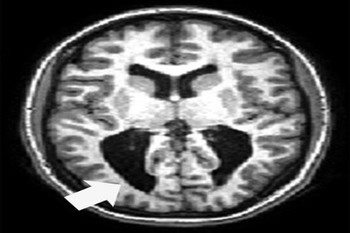 Brain-based visual impairment is the focus of new research from the National Eye Institute. Millions of young Americans contend with vision loss; fortunately, some men and women dedicate their lives to helping our youth overcome the same. Ellen Mazel, M.Ed. is one of those individuals. While vision loss is most often associated with ocular conditions, many people's deteriorating vision is rooted in the brain.
Brain-based visual impairment is the focus of new research from the National Eye Institute. Millions of young Americans contend with vision loss; fortunately, some men and women dedicate their lives to helping our youth overcome the same. Ellen Mazel, M.Ed. is one of those individuals. While vision loss is most often associated with ocular conditions, many people's deteriorating vision is rooted in the brain. 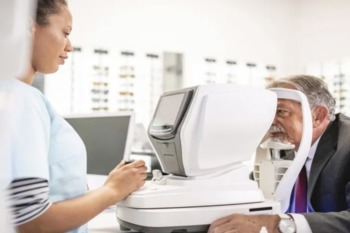 New research shows that a Vitamin A analog may help scientists develop effective treatments for vision loss associated with early diabetic retinopathy. The study indicates that chromophore 9-cis-retinal can dramatically improve visual function in mice with diabetes.
New research shows that a Vitamin A analog may help scientists develop effective treatments for vision loss associated with early diabetic retinopathy. The study indicates that chromophore 9-cis-retinal can dramatically improve visual function in mice with diabetes. Wearing face masks and carrying around hand sanitizers is the new normal for tens of millions of men and women worldwide. As the number of people contracting COVID-19 increases along with the death toll, we must do everything in our power to protect against contracting the deadly virus.
Wearing face masks and carrying around hand sanitizers is the new normal for tens of millions of men and women worldwide. As the number of people contracting COVID-19 increases along with the death toll, we must do everything in our power to protect against contracting the deadly virus.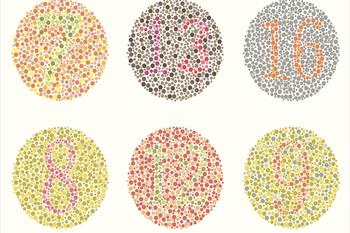 Millions of Americans contend with color blindness every day; around 8 percent of men and .5 percent of women of Northern European descent. Can you picture what life would be like if you couldn't see the color variations of a beautiful sunset? It's the reality of those living with color blindness. However, advances in technology have led to the creation of special glasses that can correct the disability. The most typical form of the condition, which prevents men and women from distinguishing between specific colors, is red-green color blindness.
Millions of Americans contend with color blindness every day; around 8 percent of men and .5 percent of women of Northern European descent. Can you picture what life would be like if you couldn't see the color variations of a beautiful sunset? It's the reality of those living with color blindness. However, advances in technology have led to the creation of special glasses that can correct the disability. The most typical form of the condition, which prevents men and women from distinguishing between specific colors, is red-green color blindness.  The most special day of one's life for the majority of adults is understandably their wedding day. Naturally, preparing for such an event is demanding and stressful; everyone wants to get hitched without any hitches. You want everything to be perfect from the catering to the cake, which can take hundreds of hours of preparation. Planning a wedding is challenging enough, now imagine having to organize it while living with blindness.
The most special day of one's life for the majority of adults is understandably their wedding day. Naturally, preparing for such an event is demanding and stressful; everyone wants to get hitched without any hitches. You want everything to be perfect from the catering to the cake, which can take hundreds of hours of preparation. Planning a wedding is challenging enough, now imagine having to organize it while living with blindness.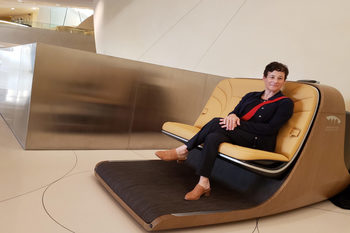 COVID-19 has changed the lives of billions of people in a myriad of ways. All of us have been impacted in one way or another—both in good ways and bad. For artist Sandy Goldberg, whose vision loss in the right eye changes how she sees the world, the pandemic has helped her to be okay with embracing her condition publicly.
COVID-19 has changed the lives of billions of people in a myriad of ways. All of us have been impacted in one way or another—both in good ways and bad. For artist Sandy Goldberg, whose vision loss in the right eye changes how she sees the world, the pandemic has helped her to be okay with embracing her condition publicly.  Staying healthy can be achieved by eating right and regular exercise. While Americans are mostly unable to get to the gym these days owing to the COVID-19 outbreak, there are many ways you can stay fit at home and outdoors. Adopting an exercise routine may help protect against vision loss as well.
Staying healthy can be achieved by eating right and regular exercise. While Americans are mostly unable to get to the gym these days owing to the COVID-19 outbreak, there are many ways you can stay fit at home and outdoors. Adopting an exercise routine may help protect against vision loss as well.
